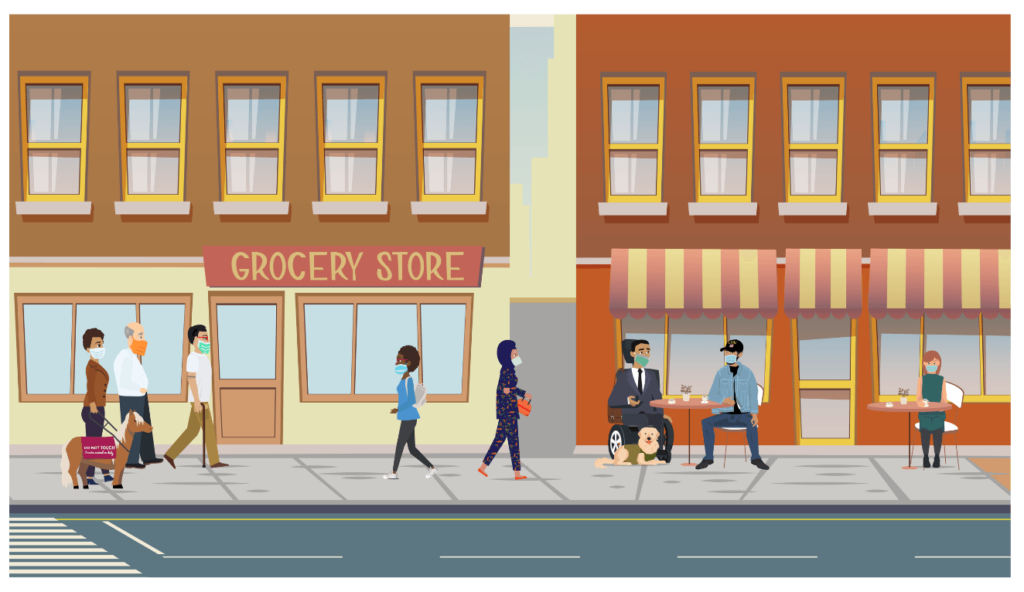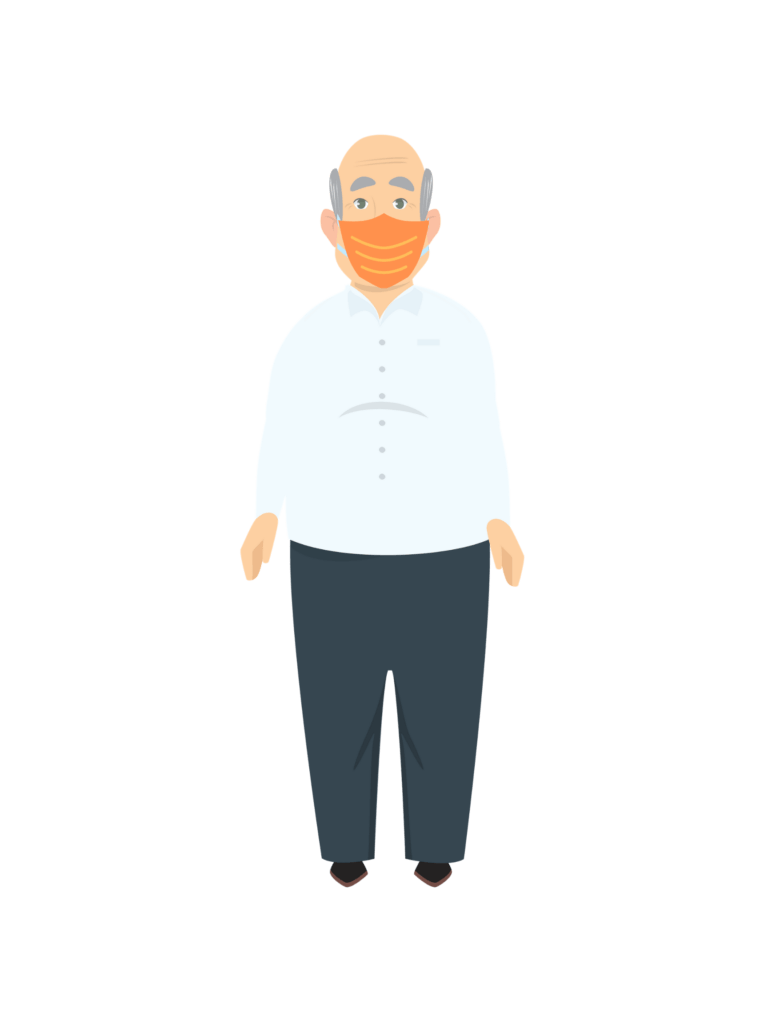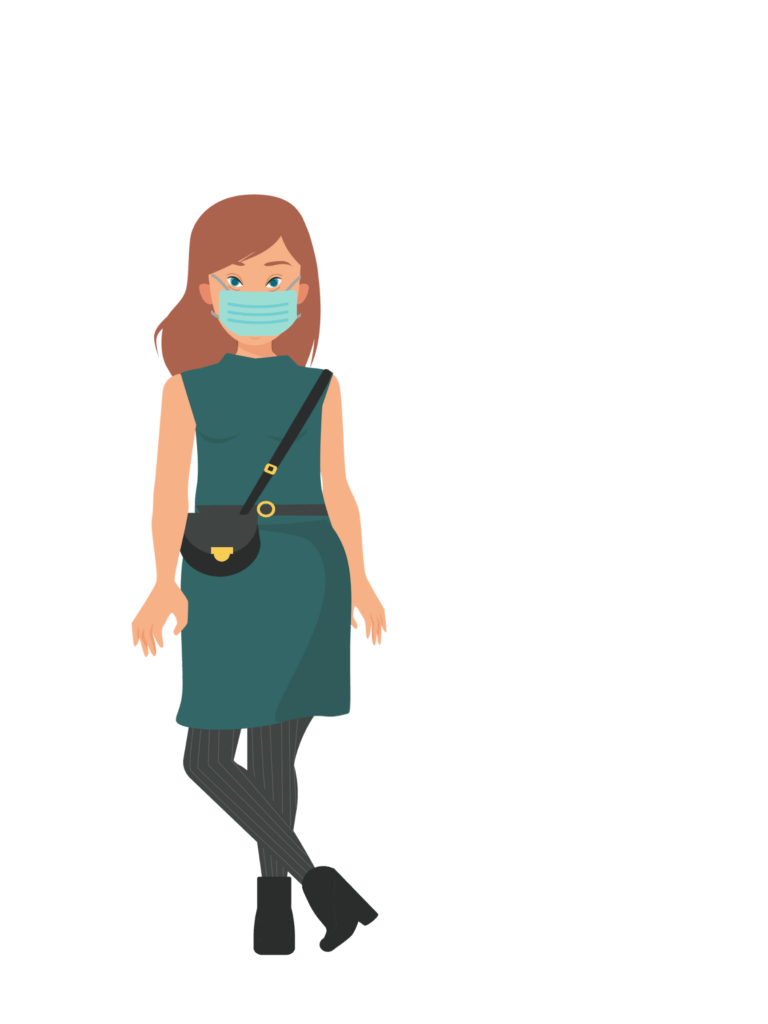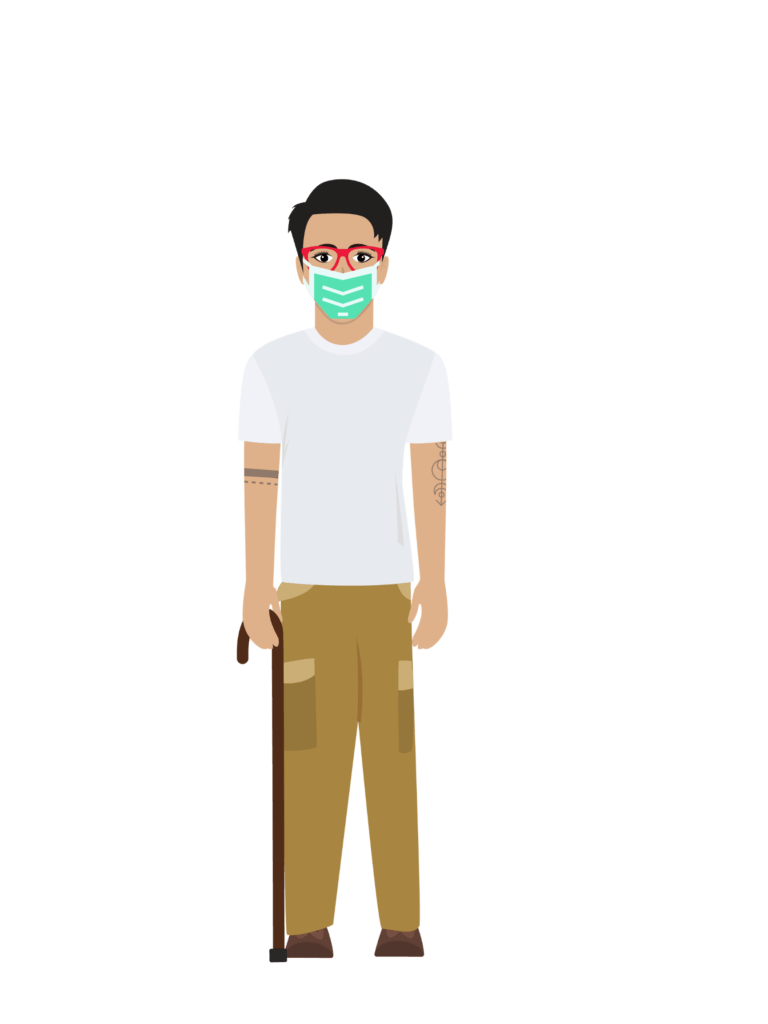Accessible Meetings _review


EM: We just talked about accessible communication. I’d like to move the discussion to accessible meetings, like emergency planning meetings. As you know, public meetings (like emergency planning meetings) must be held in physically accessible spaces.
Examples include accessible:
– Building ramps and parking areas
– Elevators
– Restrooms and eating spaces
– Meeting rooms and other spaces
– Rooms with enough space for walkers, wheelchairs, scooters, and other equipment
But it’s not just about space. Public meetings should also be programmatically accessible. This means that what happens in the meetings must be accessible and inclusive.
Examples include:
– Don’t assume everyone is familiar with jargon or acronyms. When someone is presenting, spell out acronyms.
– Use plain language materials so everyone can understand.
– Provide written materials in large-print formats and Braille as needed.
– For audio presentations, describe any images and read presentation slides.
– Whenever possible, use microphones when speaking.
– Welcome people who bring care providers or support people with them.
– If someone is anxious, offer to have someone sit next to them to keep them company.
– Talk to the person, not to their interpreter or aide.
Making meetings accessible means thinking ahead to who might come to the meeting. Anticipating those needs is an important part of being inclusive. An important consideration is that some individuals may not trust government-run emergency planning and response initiatives. A diverse group of meeting planners will help to think about these things in advance.
I see Lynn, who participated in our past planning meetings. Let’s talk to her.

EM: Hi Lynn! Terrye here is learning about collaboration so the whole community is prepared for emergencies, disasters, and pandemics. Can you talk about your experiences at our meetings?

Lynn: Sure EM! My aunt’s house flooded several years ago. It really scared me. She took me to an emergency planning meeting. I really wanted to be at the meetings. I wanted to help. There were a lot of words I didn’t understand. So, I asked EM for some changes. At the next meeting, everyone explained big words. They talked slowly. The handouts had big print and some pictures. These changes helped me. They helped other people too. Then we made a flooding plan. I was so proud!

PJ: Thanks, Lynn! To invite diverse community members marketing and outreach for your meeting or event should be accessible, inclusive, and actionable. Meeting outreach should be in multiple formats, including social media, flyers, websites, and radio ads. You may need to visit organizations in advance to ask staff and program participants to attend.
Click the quiz link below to check your learning and continue.
